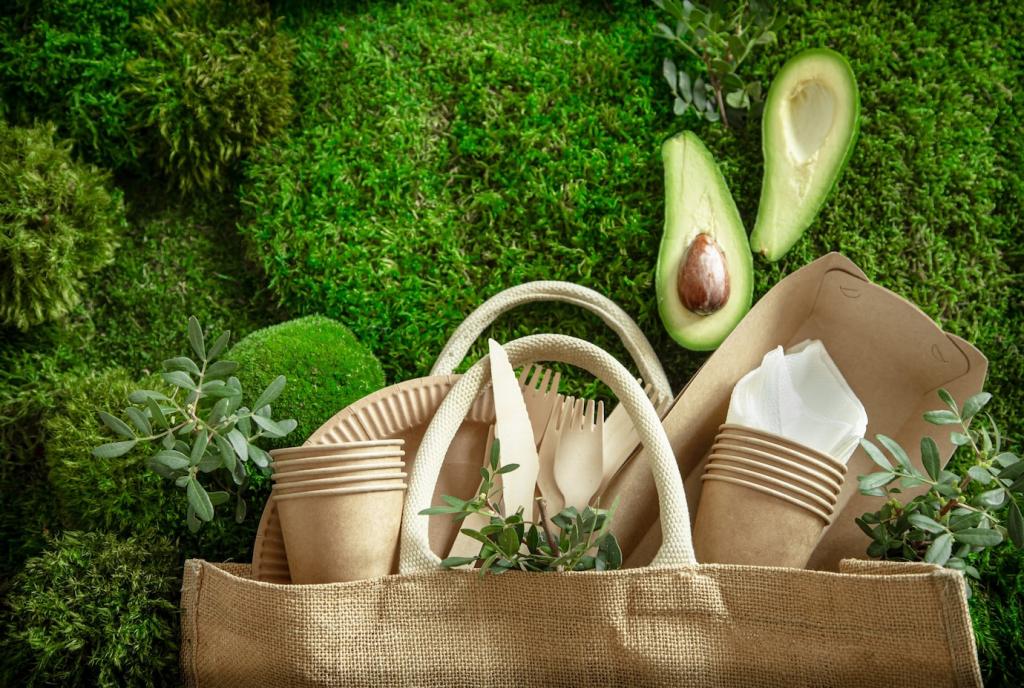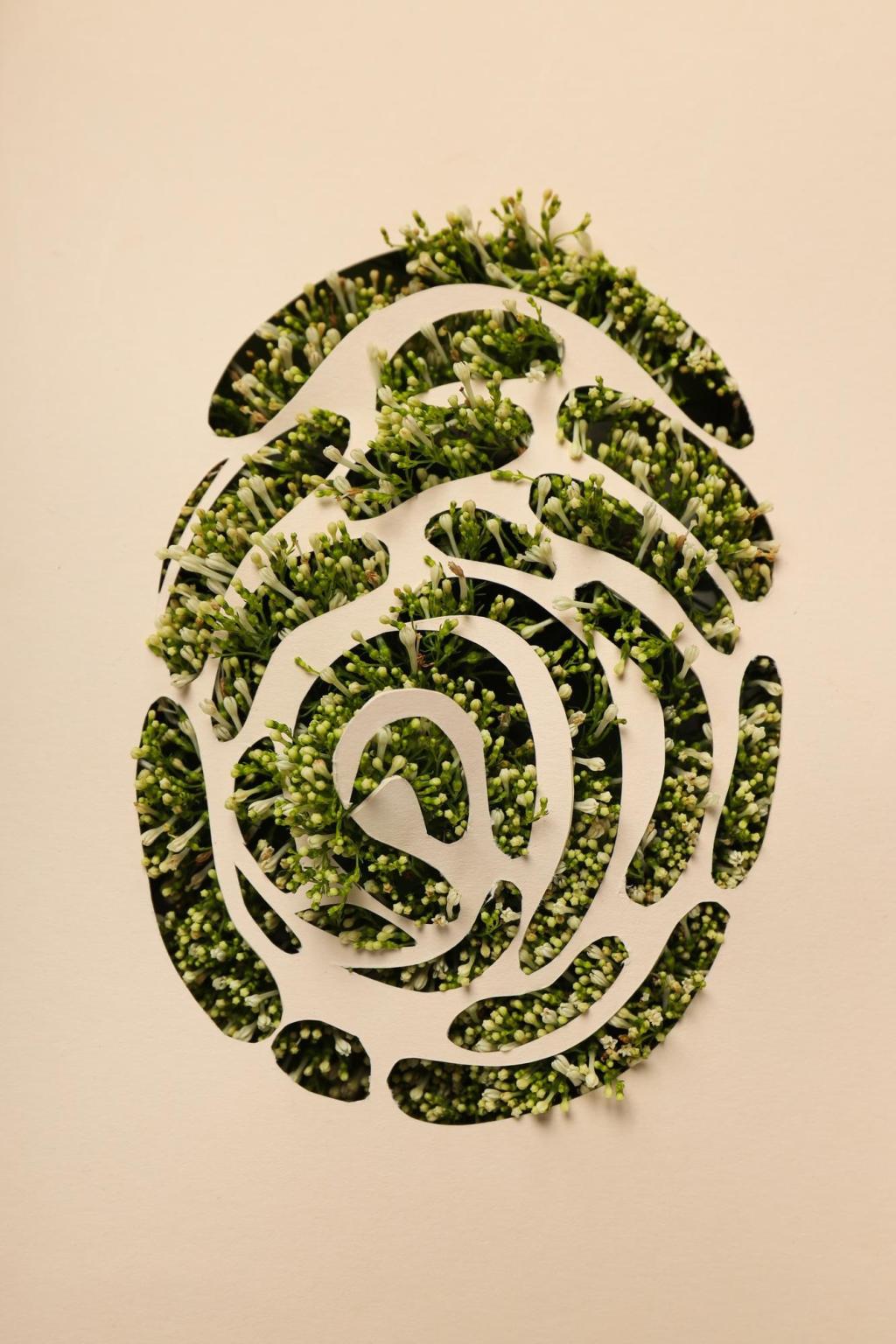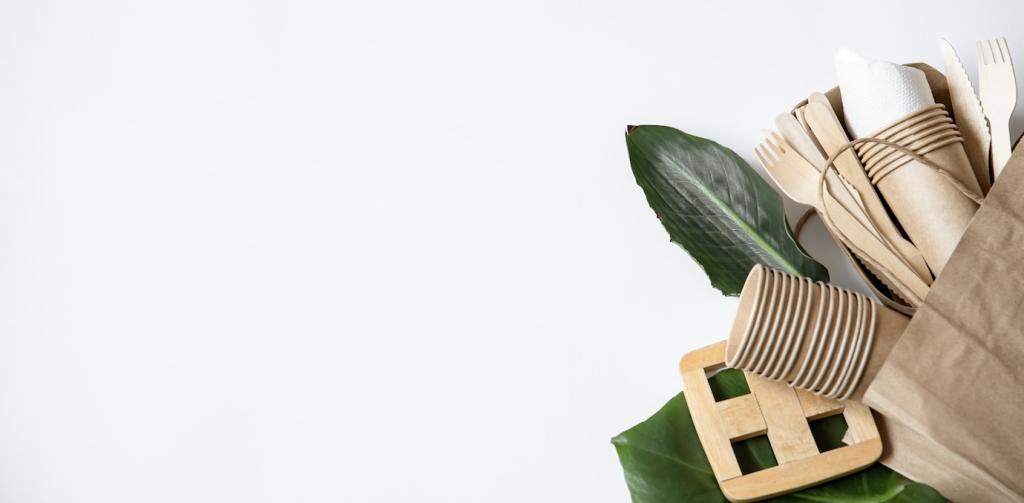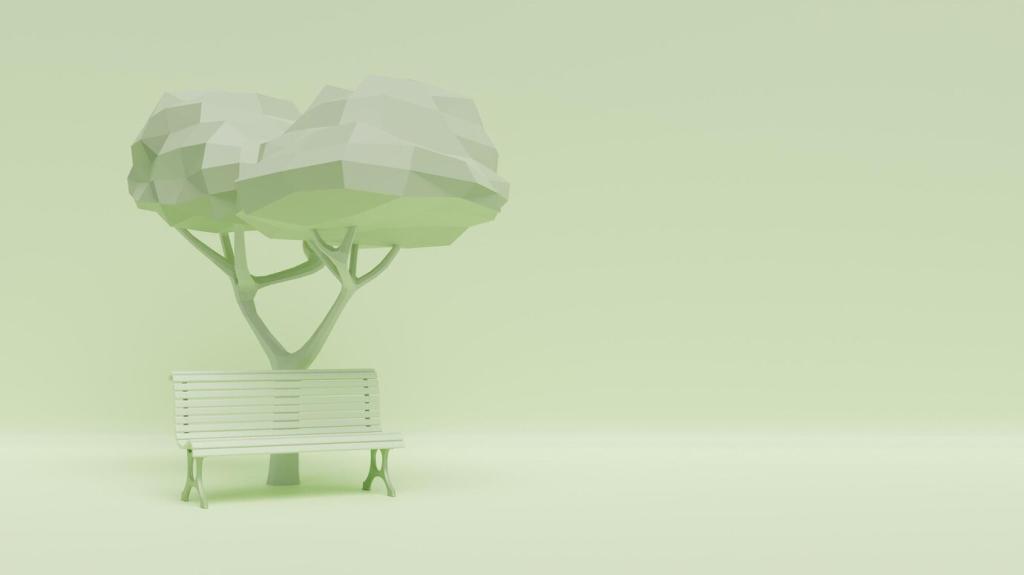
Upcycled Decor: Transforming Homes Sustainably
Upcycled decor has taken the interior design world by storm, redefining how we view waste and style in our homes. By breathing new life into unused or discarded materials, upcycled decor transforms ordinary spaces into eco-friendly sanctuaries, marrying sustainability with creativity. This approach not only helps in conserving resources but also allows homeowners to express their individuality while lessening their ecological impact. Upcycling is more than a trend—it is a movement towards more responsible and mindful living, proving that a beautifully decorated home does not have to come at the expense of the planet.
From Trash to Treasure
Many everyday items that end up discarded can become the building blocks for upcycled decor. Whether it’s a crisp glass bottle turned into a vase or reclaimed wood fashioned into striking shelving, the transformation is limited only by imagination. Upcycling empowers us to spot opportunity in the ordinary, forging a deeper appreciation for resourcefulness. Choosing to reuse rather than replace injects personality and history into our homes, establishing a deeper connection to the pieces that fill our lives.
The Environmental Impact
The ecological benefits of upcycling are substantial. By diverting items from landfills and reducing the need for new raw materials, upcycling lessens pollution and resource depletion. It also cuts down on the energy typically required for manufacturing and shipping new decor, making the entire process less taxing on our planet. Each upcycled creation is a testament to the potential for positive change, inviting us to consider our consumption habits and to celebrate environmentally responsible choices.
Beyond the Aesthetic
While upcycled decor dazzles with originality and charm, its true significance often lies beneath the surface. The process embraces flaws, imperfections, and traces of previous lives, celebrating the authentic. This approach not only challenges disposable culture but also fosters a mindset of care and stewardship. It is about cherishing what endures and finding beauty in stories of renewal, ultimately encouraging us to curate living spaces that reflect creativity and conscience together.
Embracing Individuality through Upcycled Design
Uniqueness in Every Piece
Upcycling champions originality because every creation results from a thoughtful process of discovery and invention. The unpredictability of materials, from weathered doors to industrial relics, invites endless design possibilities and ensures no two objects are identical. This uniqueness fosters a sense of pride and ownership, as each addition to your space encapsulates your vision and craftsmanship. The narrative inherent in each piece turns ordinary rooms into personalized sanctuaries that reflect the dweller’s journey and spirit.
A Canvas for Creativity
Transforming discarded materials into decor is a creative adventure. With upcycling, homeowners take on the role of designer, reimagining uses for forgotten items and blending them harmoniously into their surroundings. This creative challenge sparks innovation, encouraging even novice DIY enthusiasts to experiment and develop new skills. Upcycled decor becomes a way to make a statement—one that is stylish, practical, and resourceful—while simultaneously pushing the boundaries of traditional interior design.
Honoring the Past
Every upcycled item carries echoes of its original purpose, infusing history into contemporary settings. Whether it’s an old ladder reincarnated as a bookshelf or vintage suitcases turned into chic side tables, the story behind each object enhances its value. This reverence for the past enriches our spaces, blending nostalgia and modernity in a tangible way. The sentimental value attached to upcycled decor makes each piece a cherished conversation starter, steeped in memory and meaning.

Accessible Materials Everywhere
Sourcing materials for upcycled decor is as simple as looking around your home or local community. Items that might otherwise be thrown away—from glass jars to wooden pallets—can be found in abundance. Flea markets, garage sales, and thrift stores are treasure troves for hidden gems waiting for a second life. This accessibility allows everyone, regardless of budget, to participate in upcycling and enjoy the rewards of stylish, sustainable decor.

Cost Savings, Lasting Value
Upcycling transforms what you already have, drastically reducing expenses associated with redecorating. Even basic DIY skills can yield impressive results, allowing homeowners to update their spaces regularly without strain. The money saved can be funneled into other areas or even further sustainability efforts. Beyond immediate cost savings, upcycled decor often outlasts lower-quality, store-bought alternatives, providing greater longevity and enduring appeal.
The Joy of the Hunt
Part of the thrill of upcycled decor lies in the search for materials. Scavenging for objects with potential adds an element of excitement to interior design, making the process more interactive and rewarding. Each find is an adventure, with the promise of transformation sparking endless inspiration. This joy carries over into the finished product, imbuing every piece of decor with a sense of personal achievement and discovery that purchased items simply can’t replicate.
Old furniture can be completely reimagined through upcycling. Sanding, repainting, and reupholstering breathe new energy into tired dressers and chairs. Adding unique hardware or blending components from multiple pieces results in functional works of art that serve as conversation starters. With the right technique, even the most dated items can become showpieces, proving that style and sustainability can coexist harmoniously within your home.

Previous slide
Next slide

Tackling Challenges: Upcycling with Confidence
Identifying suitable items for upcycling often involves trial and error. Items must be structurally sound, safe, and fit for their intended purpose. This requires keen observation and sometimes a strategic approach to sourcing—checking community boards, reuse centers, or even online marketplaces. Over time, your ability to spot potential in the overlooked will sharpen, making future projects faster and more fruitful.

Shared Inspiration
Community-based upcycling initiatives, workshops, and social media groups offer platforms for individuals to swap ideas and showcase their creations. This ongoing exchange sparks inspiration, helping participants think outside the box and approach challenges with a fresh perspective. Seeing what others have accomplished with humble materials builds enthusiasm and confidence, fueling a ripple effect of sustainable design throughout neighborhoods and beyond.
Resource Sharing and Collaboration
Pooling resources within communities magnifies the impact of upcycled decor. Swapping surplus materials, organizing communal tool libraries, and working together on large-scale projects make sustainability more accessible. These collaborations reduce waste on a broader scale and help overcome individual limitations, such as lack of space or equipment. Through collective action, neighborhoods can transform public and shared spaces, elevating everyone’s quality of life.
Teaching and Learning Together
Mentoring new upcyclers and sharing knowledge strengthens community bonds. Experienced makers can guide beginners, demystifying complex techniques and building skills one project at a time. Intergenerational workshops provide additional benefit, ensuring valuable know-how is passed down. In this way, upcycled decor becomes a vehicle for lifelong learning, empowerment, and a stronger, more resourceful society.
